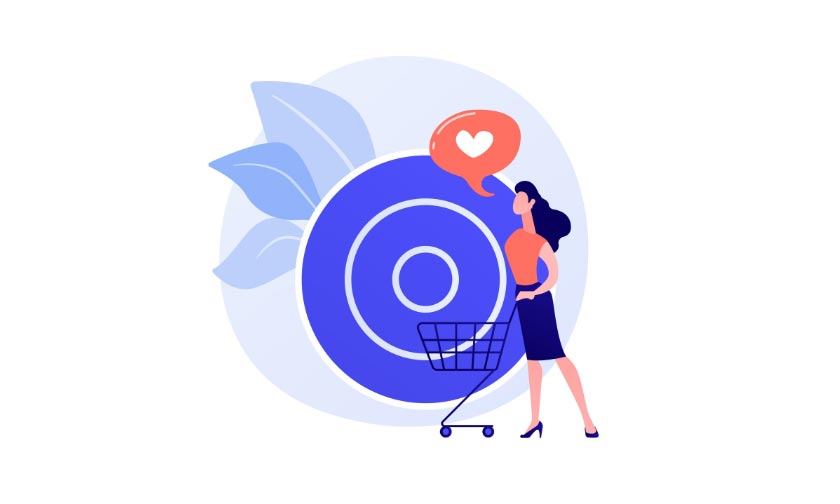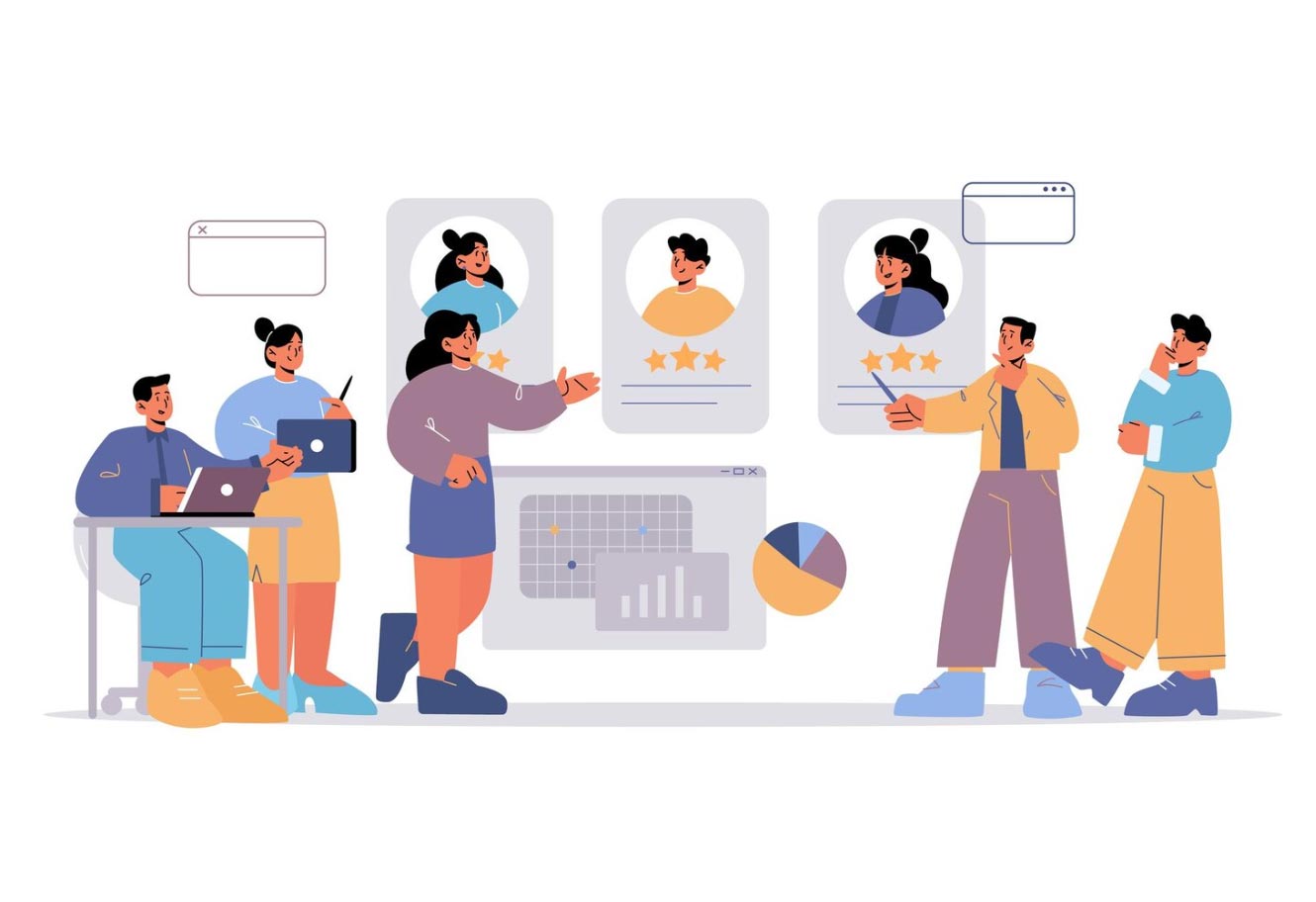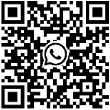 Trade Data Provider
Trade Data Provider
 2025-05-29
2025-05-29
The first step in international trade is often the effort to find clients. However, simply using Google or searching for clients by product name in global trade data and then sending mass emails usually results in a low response rate. So, how exactly does one use global trade data to find clients? Let's dive into the details.

1. Screening Buyers
There are numerous buyers included in global trade data, but not all are suitable for you. The best clients are those that fit your business.
·Confirm if the client is a professional buyer: With Tendata Global Trade Data, you can directly access a buyer's trade history, comparing how often they've purchased your product against their total transaction count to determine their level of specialization.
·Filter out mismatched clients: If a buyer has only purchased your product once among thousands of transactions, they might be a freight forwarder or trading company. Filtering them out saves time. To avoid false negatives, you can also cross-reference their past trade products before deciding to exclude them.
·Identify quality clients with repeated purchases: Use the first 4-6 digits of your product's HS code to further track clients. If the buyer's country supports 12-digit HS codes (e.g., Turkey), you can combine the code and buyer name for more precise analysis.
>>Use Tendata Global Trade Data to identify global buyers<<

2. Analyzing Buyers
Once professional buyers are found, analyze their purchasing patterns.
·Quantity and weight analysis: Review the volume and weight of each purchase to assess whether the buyer's needs match your supply capacity.
·Understand the buyer's sourcing origins: Tendata Global Trade Data can show you which countries the buyer has sourced from previously.
·Purchase timing analysis: Analyze the purchasing cycles of your target clients using their trade data. Some clients may purchase in the second half of the year, while others buy monthly. Contacting them according to their procurement schedule improves response rates.
3. Understanding Competitors
Use Tendata Global Trade Data's tracking feature to monitor your target clients' existing suppliers.
·Identify competitor advantages: Study current suppliers' products and prices to understand where you can offer a competitive edge before reaching out to the buyer.
·Leverage competitor data to find clients: Identify competitors with similar strength—especially those with higher prices but similar quality, or lower quality at similar prices. Long-term tracking can reveal both past and current clients, particularly buyers who have stopped working with those competitors.
>>Use Tendata Global Trade Data to research competitors<<
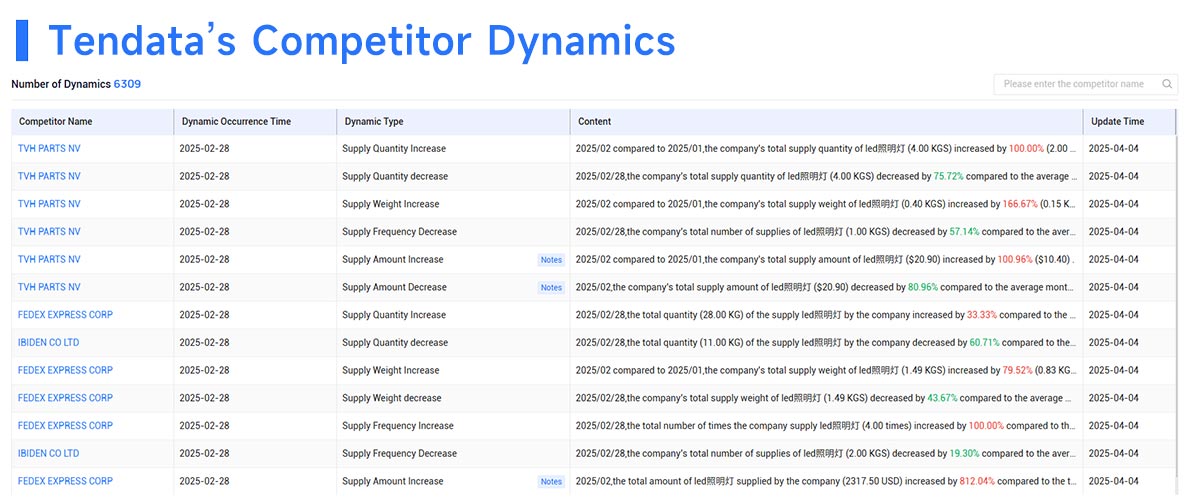
4. Obtaining Buyer Contact Information
Some countries' trade data (e.g., Uzbekistan, India, Peru) include high-quality contact info, such as names and email addresses.
Multi-channel information sourcing: Use Tendata's foreign trade search feature to trace client websites, LinkedIn, Facebook, or Twitter profiles. If direct contact info is unavailable, try search engines like Google, Yandex, or Yahoo using the company name plus keywords like "web" or "LinkedIn".
>>Use Tendata Global Trade Data to obtain buyer contact info<<
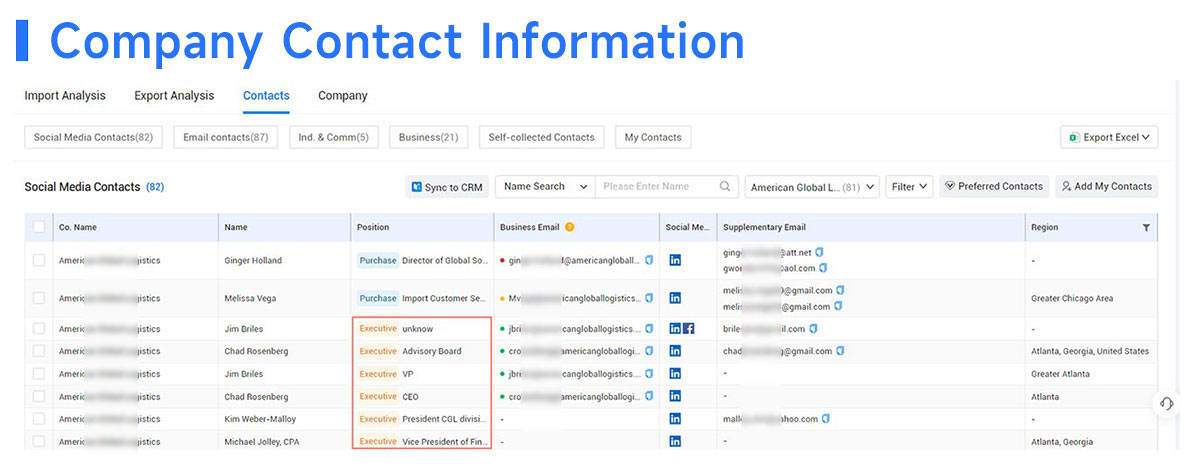
5. Digging Deeper for Contact Persons
After identifying the company name, try to find specific decision-makers.
·For small companies: Reach out to the owner, President, or CEO.
·For large companies: Look for relevant department heads, such as buyers, Purchasing Managers, or product engineers.
6. Multiple Communication Channels in Parallel
Don't rely solely on emails to develop clients. Using multiple communication methods can significantly improve response rates.
·Instant messaging tools: Clients can be contacted via WhatsApp, Line, Viber, Messenger, etc.
·Phone calls: If you have a client's phone number, calling or messaging them via these tools is often more efficient.
There is a significant information asymmetry in current international trade—foreign buyers often know much more about us than we know about them. Global trade data helps reduce this gap and makes market information more transparent.
Category
Leave Message for Demo Request or Questions


 T-info
T-info T-discovery
T-discovery

 My
Tendata
My
Tendata Market Analysis
Market Analysis Customer
Development
Customer
Development Competitor
Monitoring
Competitor
Monitoring Customer Relationship
Customer Relationship




